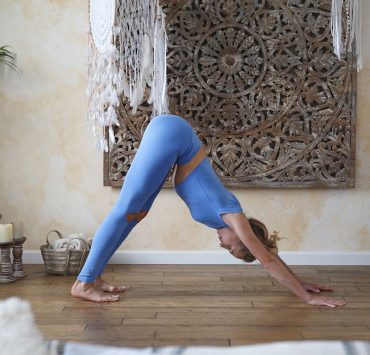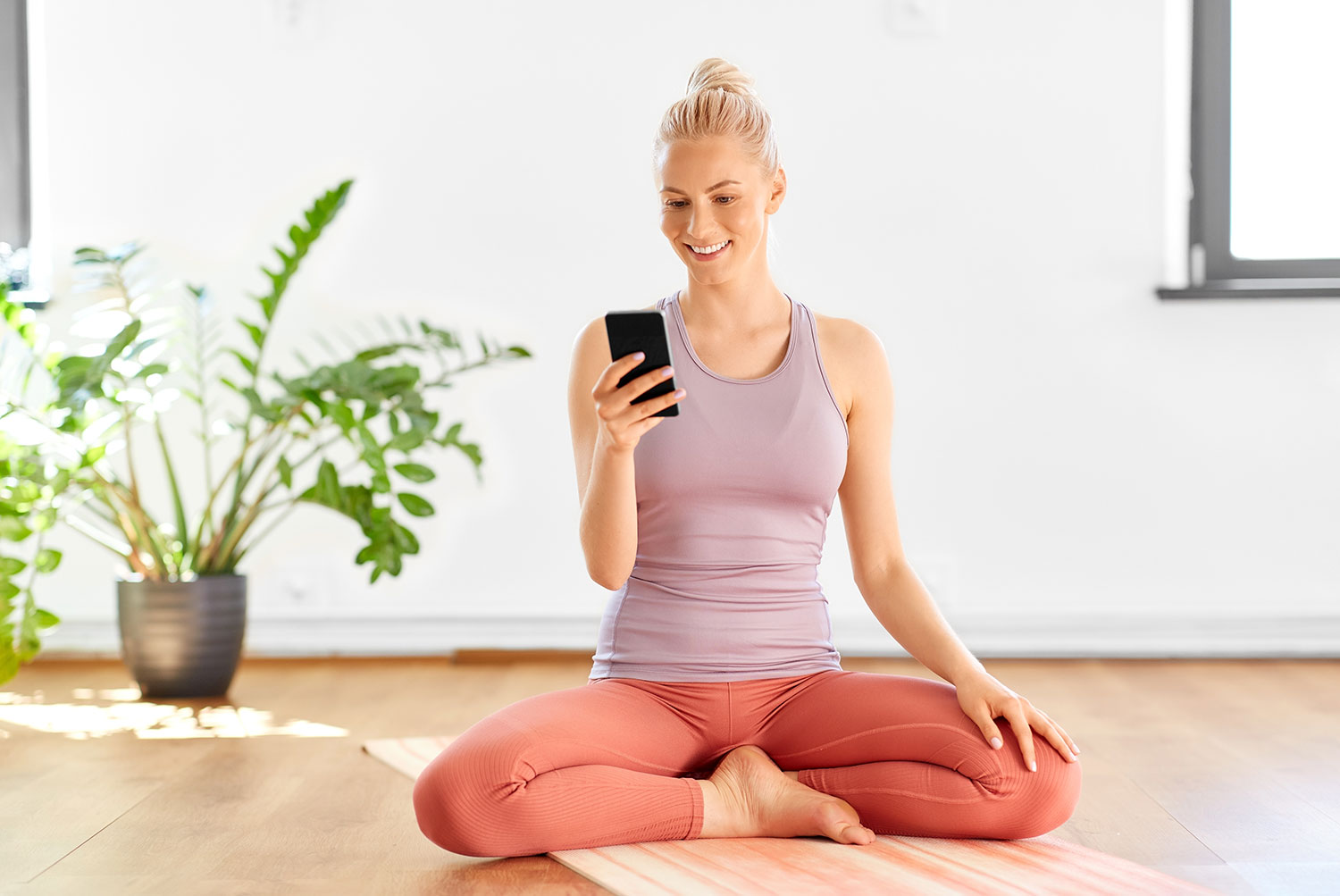
Lauren Howard holds a master certification in reiki, or energy…
Whether you’re someone who has been practicing yoga for a long time or if you’ve completed your yoga teacher training, and desire to find ways to save time and make sure the practices you’re using are safe and effective for your students.
Yoga sequencing is about coordinating and consulting resources to put together a string of yoga poses to create a class sequence. By establishing a series of poses, this helps yoga teachers provide a class that prepares the body for the next move with ease and safety to its students.
By utilizing a Yoga Sequence Builder, a teacher will have access to thousands of poses that will not only benefit their classroom by adding variation but also attract a larger market. Let’s break down the basics of a yoga class and assess the value behind a Yoga Sequence Builder.
What Is a Yoga Sequence?
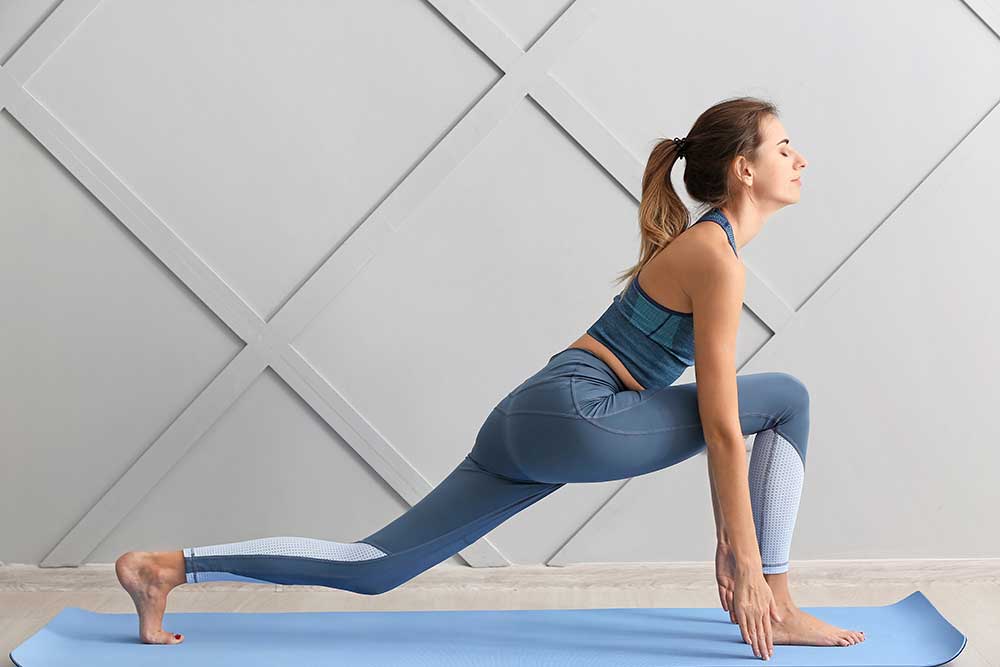
A dedicated yoga sequence would comprise several components to make it a challenging and logical flow. To consider the necessary foundation of a successful yoga class would include:
- Developing A Theme: A theme can be particular to a particular niche or demographic, such as an aspiring affirmation or stretching out one specific area of the body. Establish the theme within the first part of the class as it will help students understand what they’re circling back to connecting it to a larger goal towards the end.
- Establishing Flow: A class that doesn’t consider transition can seem novice and may leave students feeling unsatisfied. Transitions are something that helps guide the class moving forward that feels intuitive and logical.
- Monitoring Safety: It is the teacher’s responsibility to help warm up students prepare for each move. Creating a logical flow will also help with warming up the body.
- Alternative Poses: After practicing yoga for long periods, as any yoga teacher, it would feel like some poses are less challenging than others. That isn’t the case for a newbie individual who stepped into the classroom. That’s why it’s essential to consider alternative poses that they can resort to if they’re not as flexible or not as experienced. That way, they can stay present with the class and try to keep up the pace.
Now that we’ve examined some of the critical components of a teacher needing a successful yoga class, let’s observe the flow of a yoga classroom; test the importance of logical flow, and warm up the body.
The Yoga Sequence
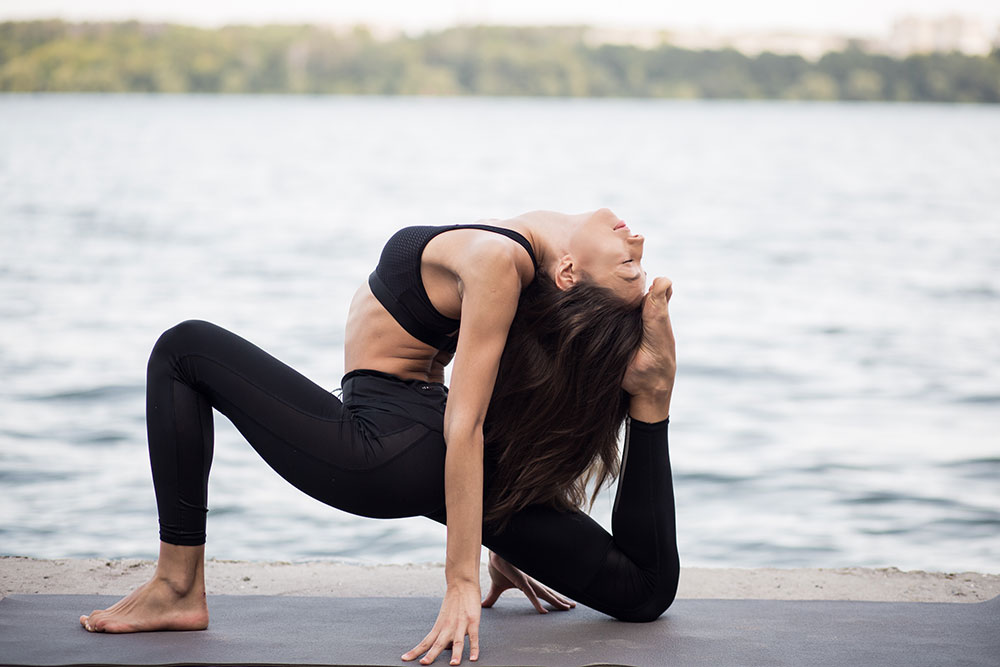
When first taking an introductory yoga class, one could expect the following elements throughout the classroom. Although there are variations of this, the most general components serve as the foundation of a yoga sequence.
- Centering – Within the first ten minutes, this is generally where the teacher will introduce breathing exercises, meditation, and create goal awareness.
- Preparation – The following minutes will include dynamic flow sequences, also known as vinyasa. These postures coordinate with our breath rhythm to move onto the next pose; this creates ease in transition to each pose. The most familiar of these include sun salutations.
- Peak (Challenging) Pose: Following this, generally, teachers will work on a peak pose, someone that the students have been working up towards that is the most challenging.
- Finding Balance: After the peak pose, teachers will often shift to balancing postures. These moves generally need leg or upper body strength and flexibility. They strengthen the core and give stimulation throughout the body.
- Floor Work/ Prone Poses: The next ten or so minutes are generally dedicated to calming the body down, moving to more floor work, or prone poses.
- Savasana/Meditation: Within the class’s conclusion, about the last ten minutes, generally, the teacher has transitioned into savasana (relaxing pose lying supine on the ground) or a meditation.
Pros & Cons Of A Yoga Sequence Builder
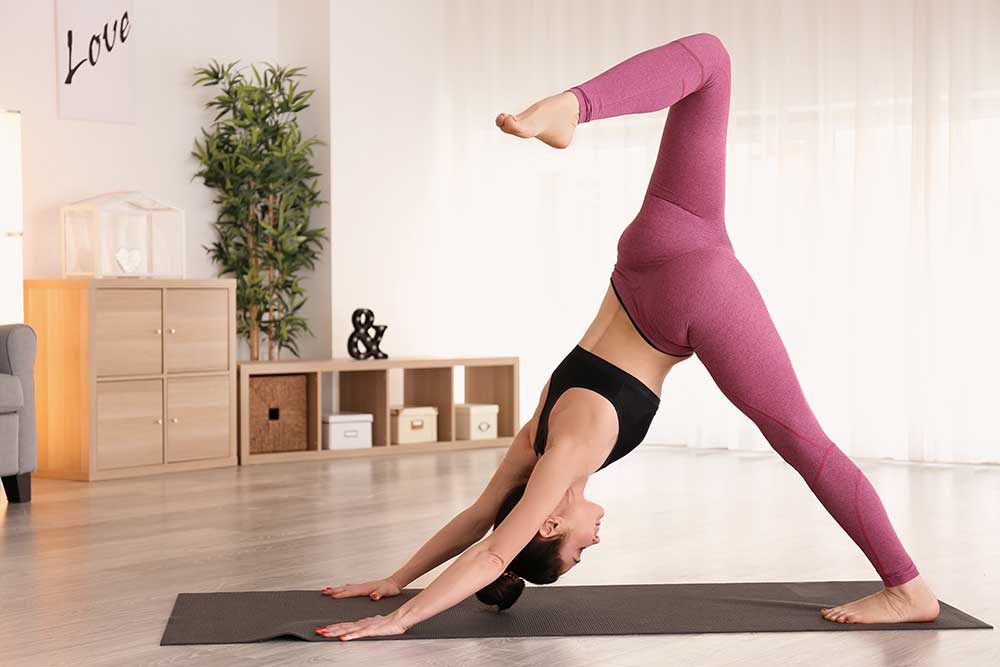
Each program offers something a little different for their users. The best option determines the teacher’s experience, learning and teaching techniques, and preference.
Pose Variety
Pros: Each yoga-sequencing builder has several thousand poses to choose from, which helps inspire and get more exposure to new poses and ways to structure or sequence that makes the class more challenging.
Cons: If starting your yoga career, then a yoga sequencing application may feel overwhelming. There are many poses to choose from with several ways to categorize the posture. It may take time to learn how to navigate each program and discover new poses that work for a specific class type and which to incorporate to the class to create a sequence that is safe and challenging.
Yoga Sequences
Pros: Most yoga sequencing builders can supply a visual of the desired pose sequence, which is very helpful if instructor a class, and it’s preferred to have imagery as a placeholder instead of words. These programs also enable note taking along with the photos, but it is helpful to have a quick reference so the teacher can continue the class and have a reminder of their place within a glance.
Cons: Although having a visual component is nice, it needs to recognize that not everyone responds to that way of learning. Take notice of what works best in practice before choosing a yoga sequence builder.
Class Sequences
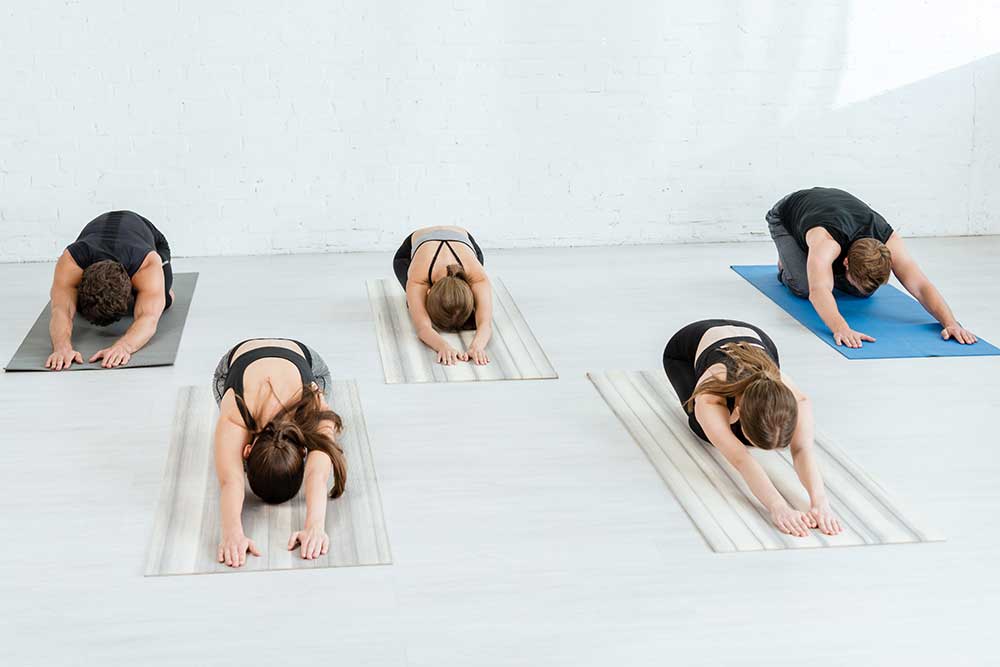
Pros: A benefit of Yoga Sequence Builders is that whatever the user saves can be retrieved later for reference. Meaning if a teacher develops a specific series of poses within their ‘drag-and-drop’ feature, they can pull this up during their class to serve as a guide. This feature saves the user time and will benefit them within the classroom environment and when developing future sequences.
A benefit of Yoga Sequence Builders is that whatever the user saves poses can be retrieved later for reference. It saves as the users class and enables more time to assess, which poses flow together and work for the users’ classroom setting.
Cons:
Most of these Yoga Sequencing Builders do not have a way to verify uploading to the platform. Since there is no standard for what users submit to the platform, there could be errors in the users’ pose sequencing that could prove to not be very challenging or safe for students. It’s best not to rely on others’ pose sequences, especially if new to the career as it may cause teachers to develop some faults in the transitions of poses.
Some Considerations
Some considerations before investing in one of these programs are the pricing. Generally, most of these programs are reasonably priced, ranging from 6-15 dollars per month. Once navigating the desired program, the user will gain a plethora of knowledge and have plenty of resources to keep their class entertained and wanting more. Without investing the time on how to navigate the program, but, this may cause issues in how much time it takes in developing a sequence. So, a lot depends on the user’s technological expertise and how much they’re willing to establish a class through the software.
It’s worth noting that these programs also provide pronunciation on Sanskrit, to help educate the teacher on how to say the pose in its most authentic terminology. The Yoga Sequence Builder generally provides more videos to conceptualize the sequence building and what areas of the body are targeting to ensure that the user’s desired theme is coming to fruition.
What Are Some Other Ways to Sequence Without a Sequence Builder?
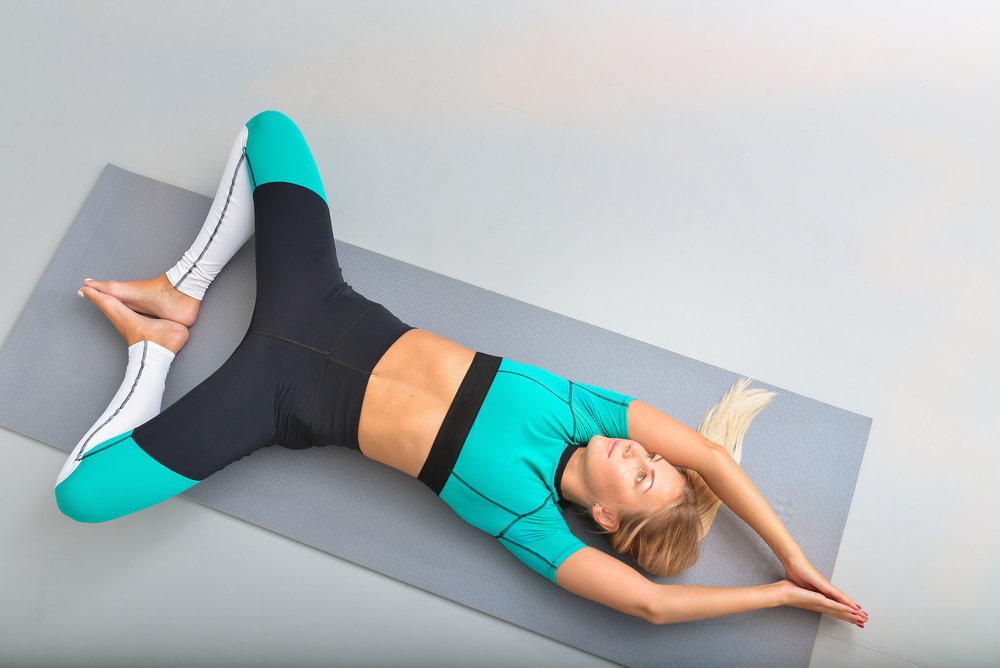
These programs are here to help benefit their users in saving time and bringing variety into their practice. But, there are several ways to come up with transitions and movements naturally. For instance, continue taking more classes to familiarize flow and balance within the classroom and ask questions to improve one’s practice. For example, some of these questions could include:
- What muscles do I notice are being activated in a specific pose?
- What strain on the body am I experiencing within a particular posture or transition?
- What is the most comfortable way to transition?
- How can I better reduce stress within this posture?
- What action would interrupt this flow?
- What alternative poses can I encourage students to try should they experience difficulty?
- Does this pose represent my desired theme for my class?
- How can I make this sequence more engaging for my students that will not jeopardize safety or interest?
- What are some helpful tools that other teachers incorporate into the practice, and how can these tools also work for my students?
By asking questions, this helps a teacher better understand their students’ perspective and gain first-hand knowledge of what to incorporate to better their style through experience.
Another way for a teacher to improve would be through collaboration with another yoga teacher. Communication and active listening are necessary within this work line because we have to be transparent about what works and what doesn’t for our students to succeed. The collaboration will enable teachers to see their class and current sequence through the perspective of another yoga professional that may give notes or insights that a teacher was not considering before. This criticism helps to better the classroom and keep students engaged and motivated.
Another way to continue bettering the classroom sequence is by finding a mentor. Working with an individual that has been within the yoga community and has successfully practiced for many years can give valuable insight into what works and what doesn’t given their individual experience. As they’ve been in the shoes, the novice yoga teachers want to fill; this is the right starting place.
List Of Yoga Sequence Builders
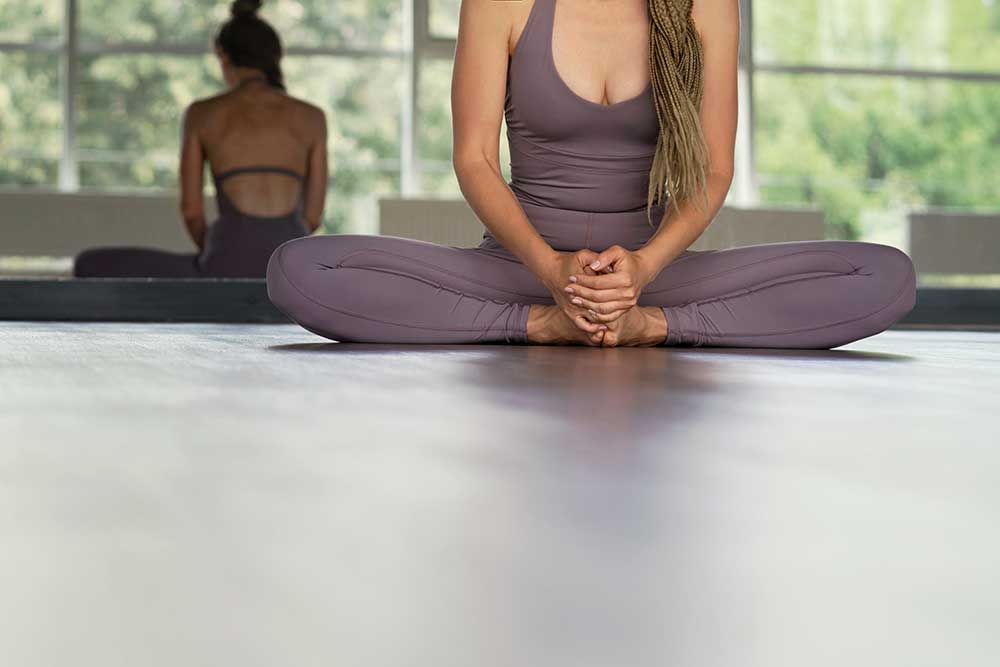
Here are the top 3 that we felt best illustrated a well-rounded benefit to its users in order of least priced to most expensive.
- Tummee: Tummee offers a two-week free trial and lists its prices like $8.95 per month (or $69.95 per year USD). This is the cheapest of the three options and allows teachers to build sequences with a ‘drag and drop feature.’ The software is user-friendly. It offers thousands of postures to reference, consult, and choose from to develop a sequence that motivates.
- Yoga Class Plan: This software states that it’s design specifically for yoga teachers and gives a test-run of its 15-day trial services. It has features such as ‘save and print class plans,’ ‘drag and drop features,’ edit poses to reflect different names, or assign pose experience levels/comments. Price runs a bit more than Tummee, at 16.77/month, and for a year totaling $109.00.
- Sequence Wiz: Allows users to create classes with ‘drag-and-drop features,’ add preloaded sequences, use the “muscle lady” tool to get suggestions on poses with a specific area in mind. This service also has a two-week free trial and offers its services at $12 a month with an annual total of $120 a year.
So, what’s the bottom line – Is a yoga sequence builder recommended? The answer depends on the teacher’s willingness to invest in the software to make it of value to their practice. Although many of these Yoga Sequence Builder’s have similar features, they differ in how they present this information or graphics to its user.
The best way to figure out what works best for you and your practice is by trying the different styles of each sequence builder and seeing if any of these work within your day-to-day routine. If it proves to be too complicated or not useful, it may be better to consult other resources to improve their services. If a teacher is more experienced within their career, it may not be as helpful if they prefer intuition to guide them into the next transition or flow.
Yet, this also can help experienced yoga gain new ideas and inspiration to keep their loyal students motivated and engaged. That’s where it depends on the individual on what best compliments their practice. There isn’t any one correct way of teaching a class, and there isn’t one right way of utilizing one of this Yoga Building Sequencing software. It’s only about making it a useful tool for its teachers to grow, better their classes for their students and themselves with inspiration from others.
What's Your Reaction?
Lauren Howard holds a master certification in reiki, or energy healing, and has been practicing yoga for over 20 years. She began freelance writing as a means of spreading her truth and knowledge with a broader audience.







